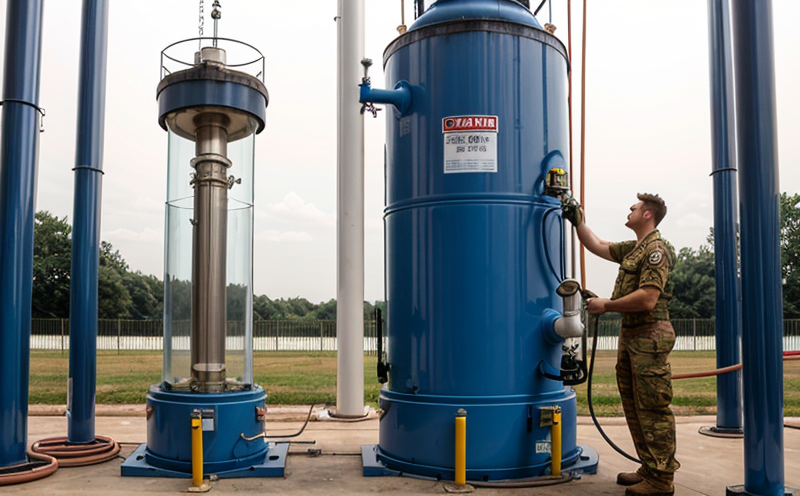Vertical tank inspection
The vertical tank inspection is a critical process that ensures the integrity and safety of storage tanks used in various sectors. These tanks are essential components in industries such as petrochemicals, pharmaceuticals, water treatment, and others where large volumes of liquids or gases need to be stored securely.
Vertical tanks are often constructed from materials like steel, stainless steel, and composite materials that can withstand the pressures and corrosive environments they operate within. The inspection process is designed to identify potential issues such as corrosion, cracks, wear, and other signs of degradation before they lead to catastrophic failures.
The inspection typically involves a detailed examination of the tank's structure, including its walls, roof, base, and any attached fittings. Depending on the type of liquid or gas being stored, additional inspections may be required for specific areas such as those prone to stress corrosion cracking (SCC) or pitting.
Inspection methods can range from simple visual checks using a borescope to more advanced techniques like ultrasonic testing and radiography. Ultrasonic testing measures the thickness of the tank wall, while radiography detects internal defects such as cracks or inclusions that may not be visible on the exterior surface.
The acceptance criteria for vertical tanks are strictly defined by international standards such as ISO 15208-1 and ASME Section VIII Division 1. These standards outline specific requirements for wall thickness, weld quality, and other critical factors to ensure the safe operation of these vessels.
For tanks that store hazardous materials or operate under extreme conditions, additional inspections may be necessary. In such cases, specialized equipment like remotely operated vehicles (ROVs) or drones with integrated sensors can be used for non-invasive assessments.
The inspection process is not only about identifying current issues but also preventing future failures by implementing proactive maintenance strategies. This includes regular monitoring of the tank's performance and condition through ongoing inspections, as well as addressing any deficiencies promptly.
- Quality and Reliability Assurance:
- Compliance with international standards such as ASME Section VIII Division 1
- Precision measurements using ultrasonic testing and radiography
- Non-invasive inspection methods for inaccessible areas
Benefits
The primary benefit of vertical tank inspections is the prevention of catastrophic failures that could result in significant economic losses and environmental damage. By identifying potential issues early, corrective actions can be taken before they escalate into major problems.
Regular inspections also contribute to extended operational life by ensuring that tanks are maintained according to best practices. This not only enhances safety but also reduces the need for premature replacements or costly repairs down the line.
In addition, compliance with regulatory requirements ensures that businesses meet legal obligations and avoid potential fines or sanctions. For companies in highly regulated industries such as pharmaceuticals and petrochemicals, this is particularly important.
From an environmental standpoint, preventing leaks and spills significantly reduces the risk of contaminating nearby ecosystems. This aligns with broader sustainability goals and helps protect natural resources.
- Quality and Reliability Assurance:
- Reduces the risk of catastrophic failures
- Promotes extended operational life through proactive maintenance
- Aids in compliance with regulatory requirements
Quality and Reliability Assurance
The quality assurance process for vertical tank inspections is rigorous and involves several key steps to ensure high standards. The first step is a thorough pre-inspection, where the tank's history and current condition are reviewed. This includes checking maintenance records, previous inspection reports, and any known issues.
During the actual inspection, various methods are employed depending on the type of tank and its contents. Ultrasonic thickness measurement (UTM) is used to check wall thickness, while radiography detects internal defects that may not be visible from the outside. For tanks storing hazardous materials, specialized inspections using remotely operated vehicles (ROVs) or drones with integrated sensors can provide detailed visualizations without risking personnel.
The results of these inspections are meticulously documented and compared against established standards such as ASME Section VIII Division 1. Any deviations from the accepted criteria are flagged for further investigation and corrective action.
- Environmental and Sustainability Contributions:
- Reduces the risk of leaks and spills, protecting nearby ecosystems
- Promotes sustainable practices by extending operational life through proactive maintenance





